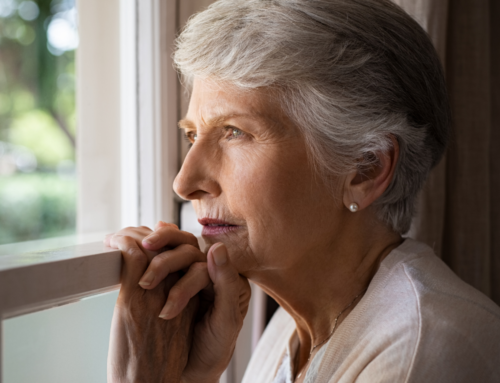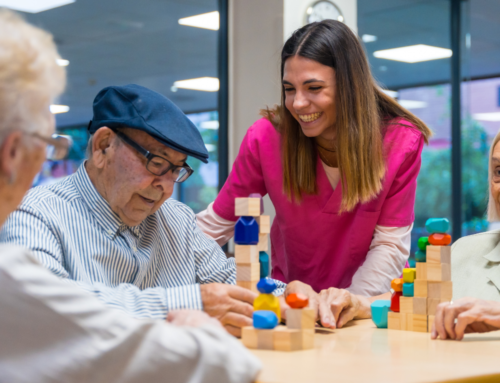Share This Story!
Arthritis And Inactivity: Why Seniors With Osteoarthritis Need Regular Exercise
Many people who experience the pain and joint stiffness of arthritis resist regular exercise. However, inactivity is one of the worst things for seniors with osteoarthritis. While the concept may seem counterintuitive, exercising consistently can provide significant pain relief.
How does exercise help?
Getting a workout in helps to strengthen muscles and decreases the inflammation and swelling of an arthritic joint. People who exercise also have an easier time managing weight, which can significantly reduce arthritis symptoms. Research has found that regular exercise can also improve sleep. In addition to physical benefits, working out can provide a boost of endorphins and a decrease in anxiety. Physical activity is one of the best tools for improving mental health and maintaining a positive outlook.
Factoring in fall risk
About 1 in 4 older adults fall each year in the US. As people get older, the risks associated with falling, such as a head injury or bone fracture, significantly rise. For people with arthritis, fall risk is even higher, as the condition can lead to muscle weakness and lack of balance. Strengthening some strategic muscles is crucial to fall prevention.
Low-impact options
People with arthritis should opt for low-impact activity options. Low-impact exercises help to strengthen muscles and bones while limiting the pressure on joints. Some excellent low-impact options include water aerobics, tai chi, yoga, and walking.
Improving range of motion
People who suffer from the joint stiffness of osteoarthritis often have a limited range of motion. A doctor may recommend exercises specifically targeted to increasing range of motion and relieving this stiffness. Some examples of these movements may involve raising the arms overhead or doing a few shoulder rolls. These movements can typically be done daily and should always be done before a formal workout.
Dealing with muscle soreness
Exercise should help improve pain, not make symptoms worse. If someone tries to do too much too soon, the discomfort of sore muscles may cause joint pain to worsen. People who have been inactive for a while should ease into an exercise routine slowly. Try using heat treatment, such as a warm towel or shower, before activity. This can help relax the joints and muscles. After exercise, apply ice for up to 20 minutes to decrease the risk of pain and swelling.
Start a new program today
People with arthritis can significantly benefit from a regular exercise program. To learn more about what exercises may be most beneficial, speak with a healthcare provider.





